The Best Duels in The Force Awakens: Legacy, Identity, and the Return of the Lightsaber

Rey, Finn, and Kylo Ren engage in emotionally charged lightsaber duels that define identity, inheritance, and the Force’s return. From Finn’s bold defiance to Rey’s awakening and Kylo’s inner turmoil, each battle marks a turning point. The Skywalker saber becomes a symbol of legacy and change, carried forward by those willing to fight for something greater.
The Best Duels in The Force Awakens: Legacy, Identity, and the Return of the Lightsaber
Star Wars: The Force Awakens stands as the beginning of a new generation in the beloved saga—a bridge where legendary heroes and villains of old unexpectedly collide with the destinies of newcomers finding their place in a galaxy scarred by war.
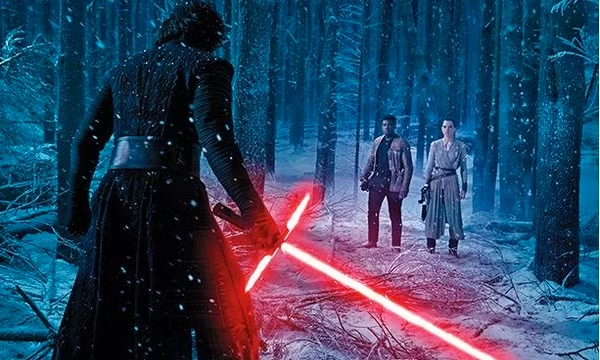
The film’s lightsaber duels mark more than just thrilling action: they embody the emergence of new heroes, the passing of old legacies, and the forging of spiritual awakenings. In a universe brimming with mythic history, these moments aren’t about mastery won through training, but about the raw, urgent arrival of purpose and belonging.
The saber itself becomes a crucible in The Force Awakens—less a tool of expert warriors and more a symbol of inheritance, transformation, and the struggle to accept (or escape) destiny. For Finn and Rey, the lightsaber represents a call to courage and identity. For Kylo Ren, it is a family heirloom that sears with both promise and pain.
Each clash is personal, echoing the eternal battle between light and darkness, and inviting a new generation to answer the ancient call of the Force.
Finn vs Stormtrooper (TR-8R): Defiance in the Snow
When Finn faces the riot baton-wielding stormtrooper—popularly nicknamed “TR-8R”—amid the ruined halls of Maz Kanata’s castle, the encounter becomes one of the film’s most resonant symbols of rebellion.
Finn, once FN-2187, wields the lightsaber for the first time in open defiance, not as a Jedi apprentice, but as a man who has chosen to break free from the indoctrination and cruelty of the First Order.
The duel’s choreography is gritty and desperate, reflecting Finn’s inexperience but unmistakable conviction.
Though brief, this fight signals a major rupture: a weapon of myth is passed to someone who freely chooses to defend the innocent rather than oppress them.
Finn’s clash is his declaration of moral clarity—a stand he takes for his new friends and for strangers alike, cementing his transition from conditioned trooper to rebel with a conscience. The duel’s brevity only heightens its impact; for the first time in decades, the saber is in the hands of someone fighting solely for what is right.
Finn vs Kylo Ren: Courage Without the Force
Later, on the frozen wastes of Starkiller Base, Finn makes an even bolder stand—challenging Kylo Ren in direct combat with Anakin Skywalker’s ancient weapon.
The visual and thematic contrast between the two could not be greater: Kylo Ren, heir to Darth Vader and master of the dark side, faces Finn, an ordinary man equipped not with mystical powers, but with fierce loyalty and resolve.
The duel is visceral and lopsided; Finn struggles desperately, landing a single blow but quickly suffering a brutal injury.
Yet, Finn’s act of defiance is both inspiring and consequential. He stands against tyranny, even when hopelessly outmatched, and his wound is the price of courage.
With Finn incapacitated, the saber lies dormant in the snow, waiting for its next wielder. This duel passes not just the weapon, but the responsibility, to Rey—a moment emblematic of hope persisting in the face of overwhelming darkness.
Rey vs Kylo Ren: The Awakening of the Force
The culminating duel between Rey and Kylo Ren is the beating heart of The Force Awakens, a formative clash charged with emotion, destiny, and primal power.
Initially, Kylo Ren’s strength and anger drive Rey back, his heavy strikes and commands reminiscent of his Sith lineage.
Rey, panicked and unsure, fights with desperation rather than skill—until she is urged by the Force and finds a fleeting moment of clarity. Her connection transforms the tide; Rey no longer fights simply to survive, but begins to move with purpose and conviction.
The fight is striking in its rawness—choreography that is more brawling and reckless than elegant, mirroring their untamed emotions.
When Rey pulls the lightsaber into her hand, the moment feels ordained: not a triumph of bloodline, but of spirit, as the Force chooses Rey to carry its legacy. Her final strike is a testament to willpower, not vengeance, signaling the first step on her journey as a Jedi and the beginning of a new legend.
Kylo Ren vs Himself: The Duel of Legacy and Doubt
Kylo Ren’s most devastating battle in The Force Awakens is not fought with blades, but within his own soul.
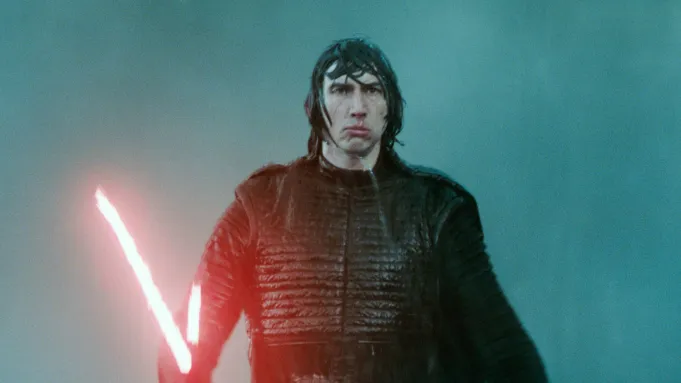
Torn between the dark promise of his grandfather, Darth Vader, and the flickering light of his former self, Ben Solo, Kylo is a man in crisis.
This internal duel climaxes in the wrenching confrontation with his father, Han Solo, on the catwalk above a chasm of destruction. The moment is staged like a duel: emotional tensions clash, both characters vulnerable as Kylo seeks to end the last tie to his past.
When he kills Han, Kylo attempts to seal his place in the shadow of Vader, believing sacrifice will grant him power and clarity.
Instead, the act deepens his torment—a victory only in the sense that it cements his role as villain, but at enormous personal cost. The Force Awakens frames this as a duel not just of legacy, but of devastating doubt and loss; Kylo emerges as both heir and antagonist, doomed by the choices he cannot undo.
The Skywalker Lightsaber: A Blade with Memory
Threaded through every duel in The Force Awakens is the enduring legacy of the Skywalker lightsaber—Anakin’s blade, passed to Luke, lost, found by Maz Kanata, and ultimately wielded by Finn and Rey.
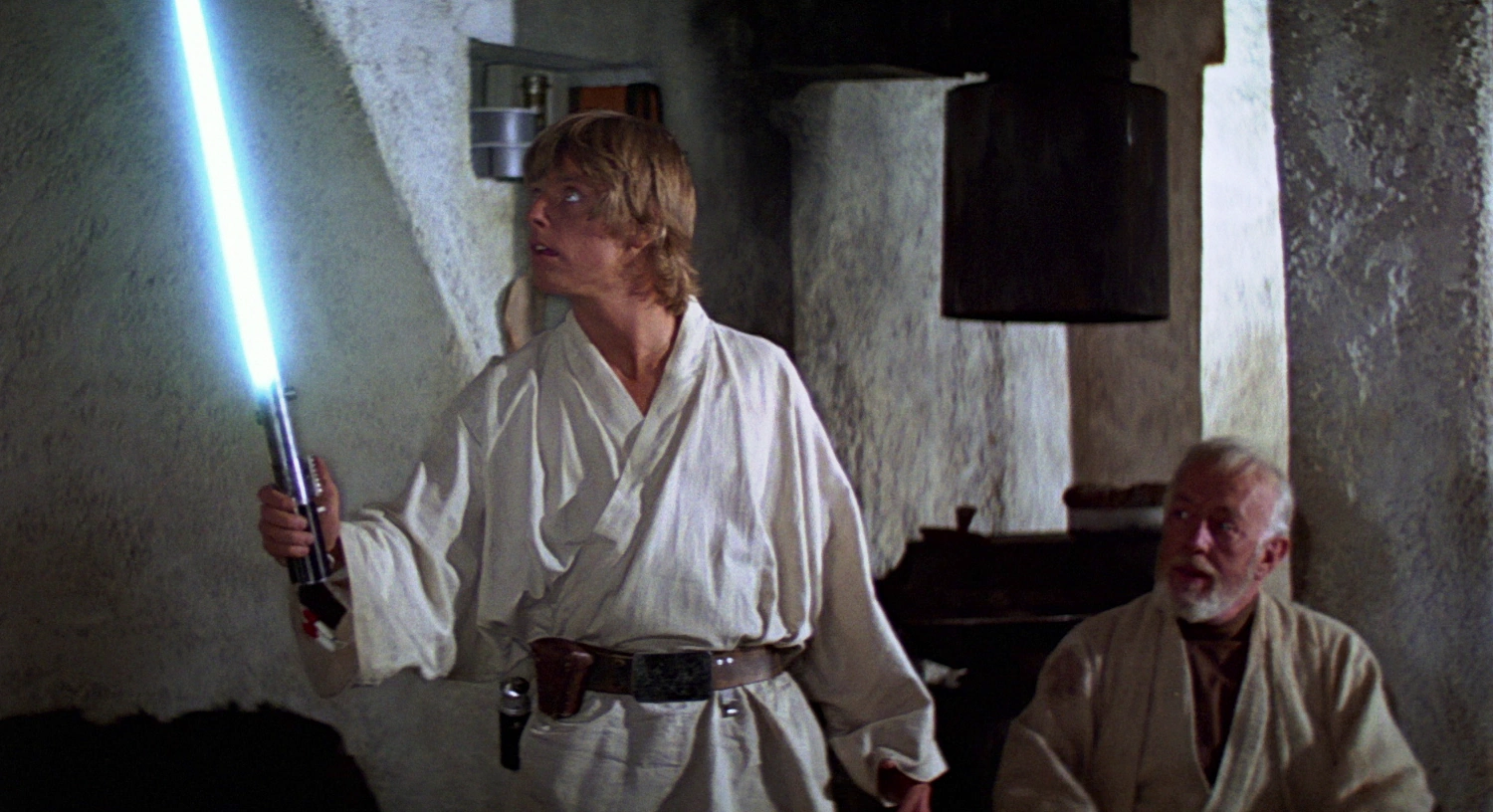
This saber is more than a weapon; it is an artifact of fate, bearing the weight of past tragedies, hope, and generational change. In Maz’s castle, the saber calls to Rey, testing her readiness and worthiness, connecting her with the living memory of the Force.
Each new hand that wields the blade is, in essence, being measured by history itself. When Rey claims the saber in Starkiller’s snowy forest, it marks the visual and thematic reawakening of the Force.
Like Excalibur, it chooses its champion not for bloodline but for character. The saber thus signifies the transfer of duty, of legend, and of the infinite possibility of renewal within the Star Wars mythos.
Final Thoughts: Duels of Fire, Snow, and Fate
The Force Awakens anchors its most important moments not in displays of peerless technique, but in the crucible of emotional discovery and felt legacy.
Each duel, whether literal or metaphorical, pushes its participants—and the audience—further toward understanding that heroism is born not of destiny alone, but of conscious choice and resilience.
The film’s lightsaber clashes are mirrors for self-realization, each character carving out their place in a galaxy poised for rebirth.
In firelit forests and snowy chasms, the sabers blaze once more—not as icons of ancient victory, but as beacons for a new generation searching for meaning and belonging.
The Force has reawakened, and with it, a struggle for the future has begun—one measured not just by battle, but by the courage to embrace the light.








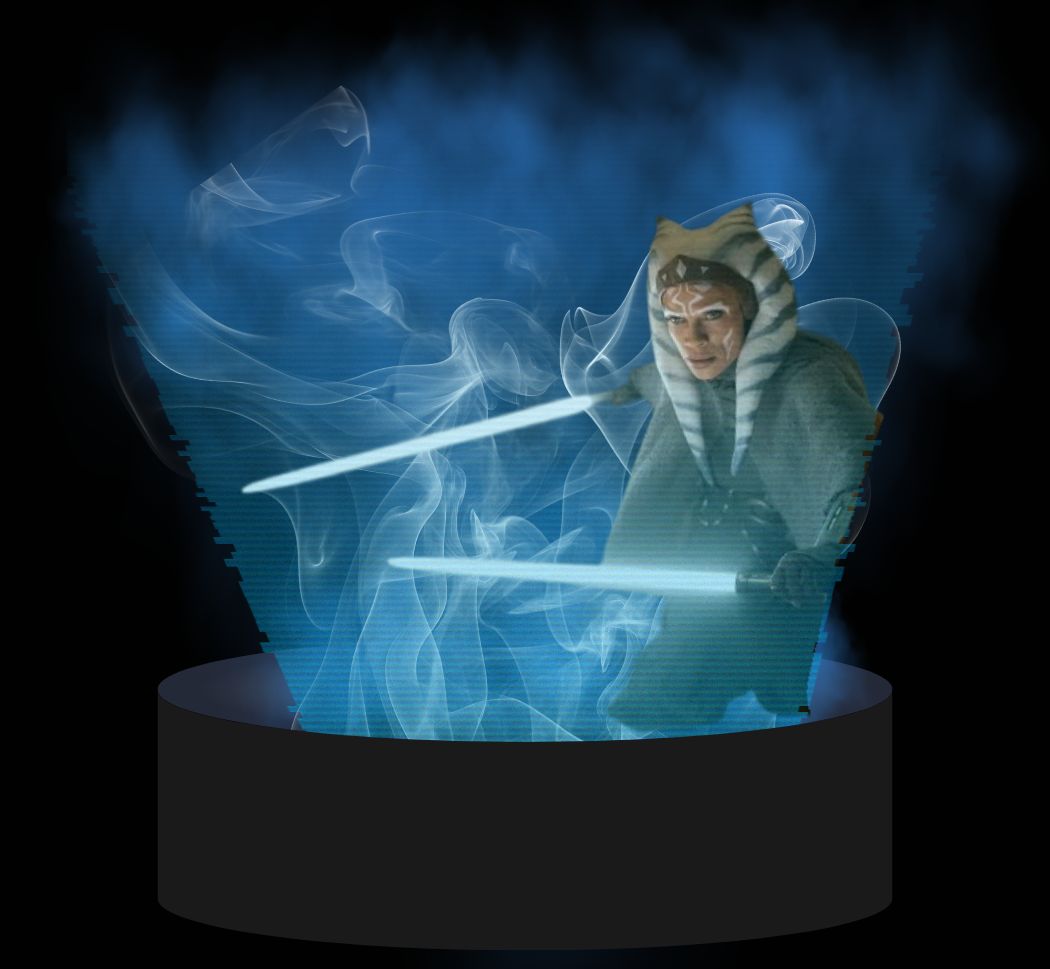
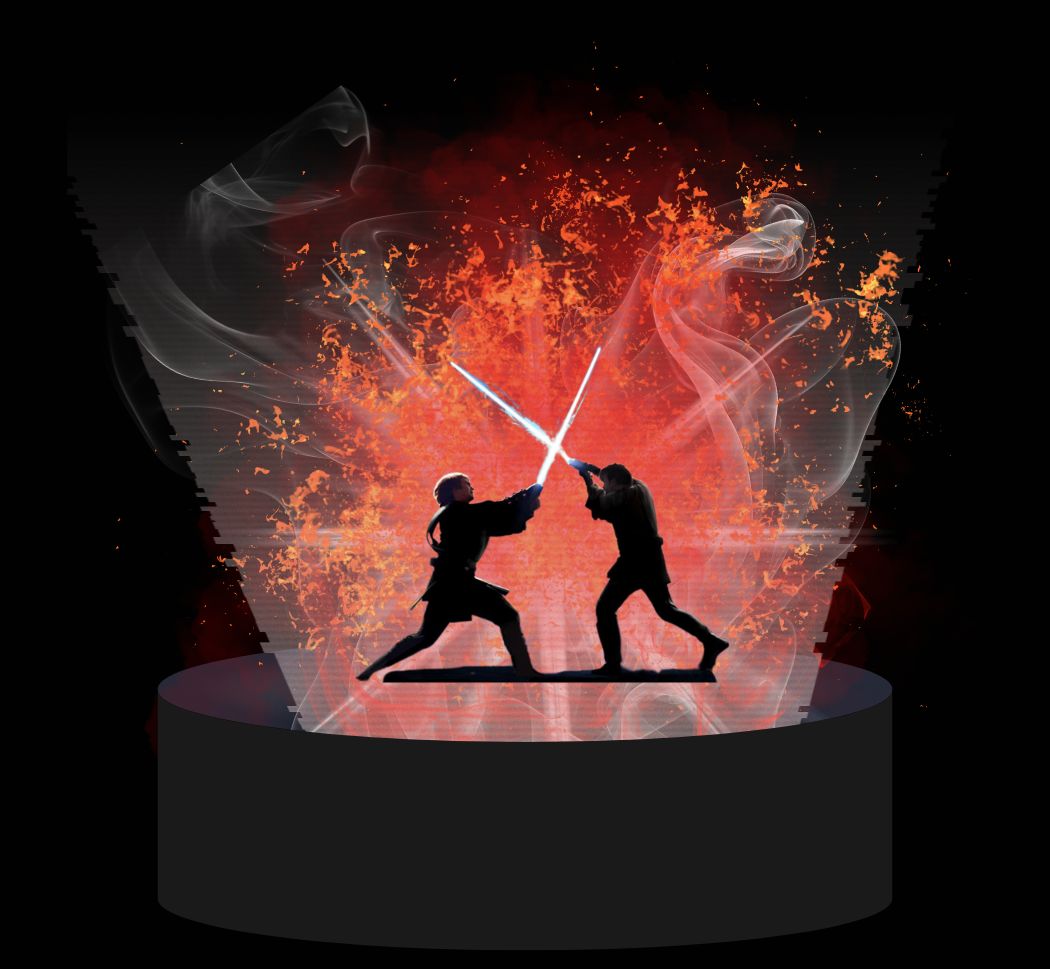
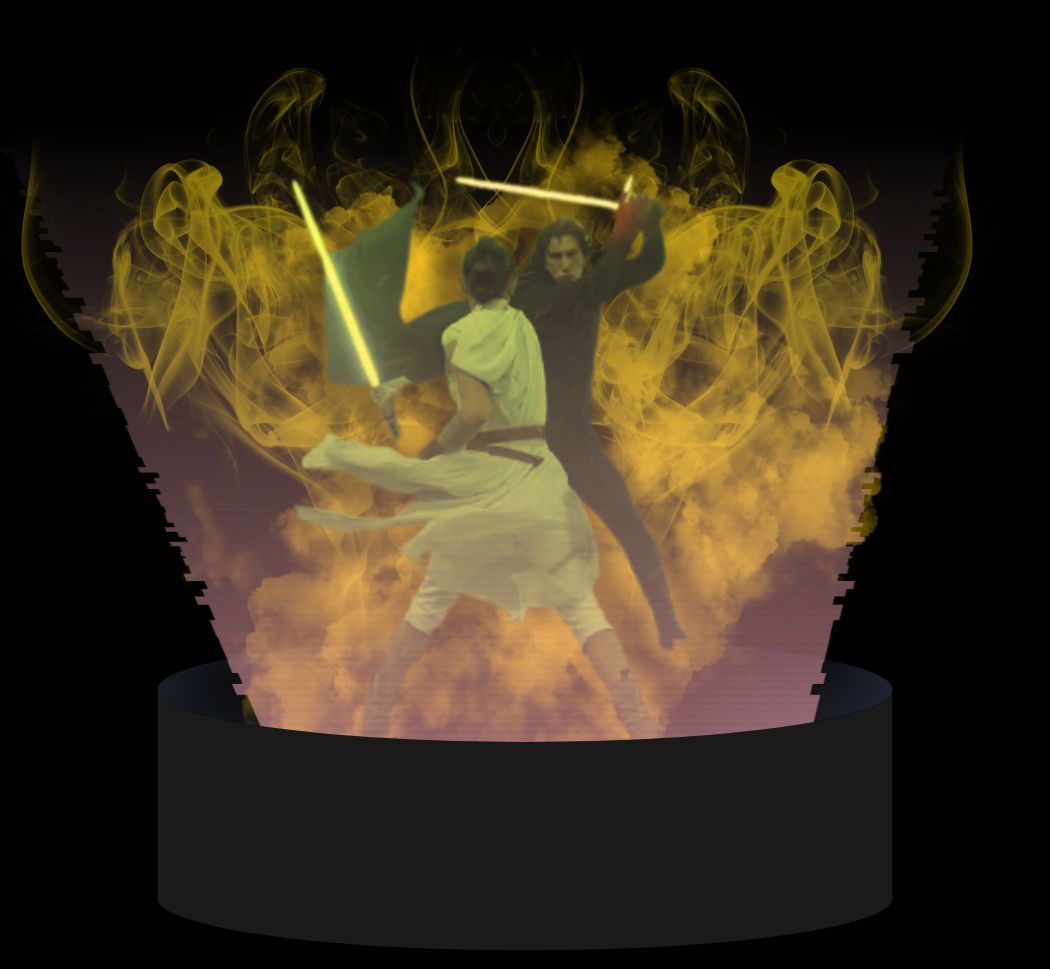
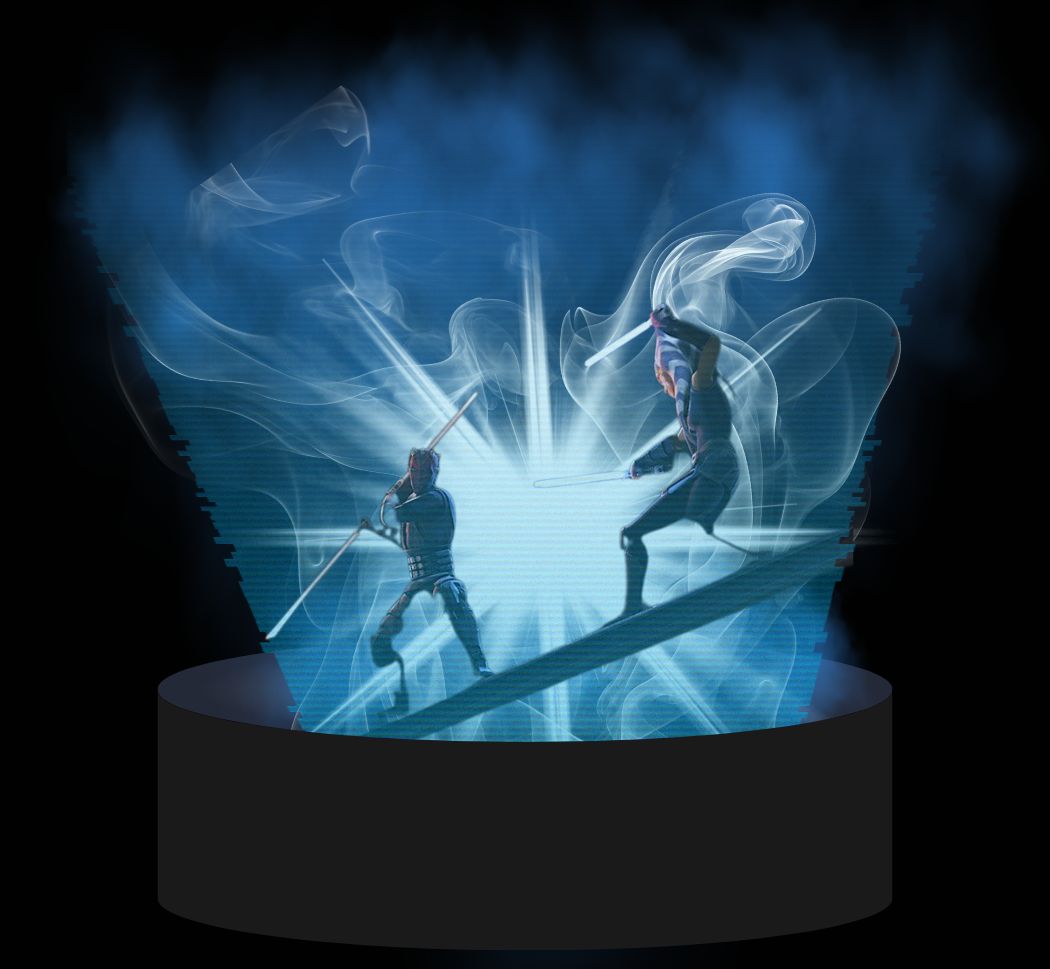
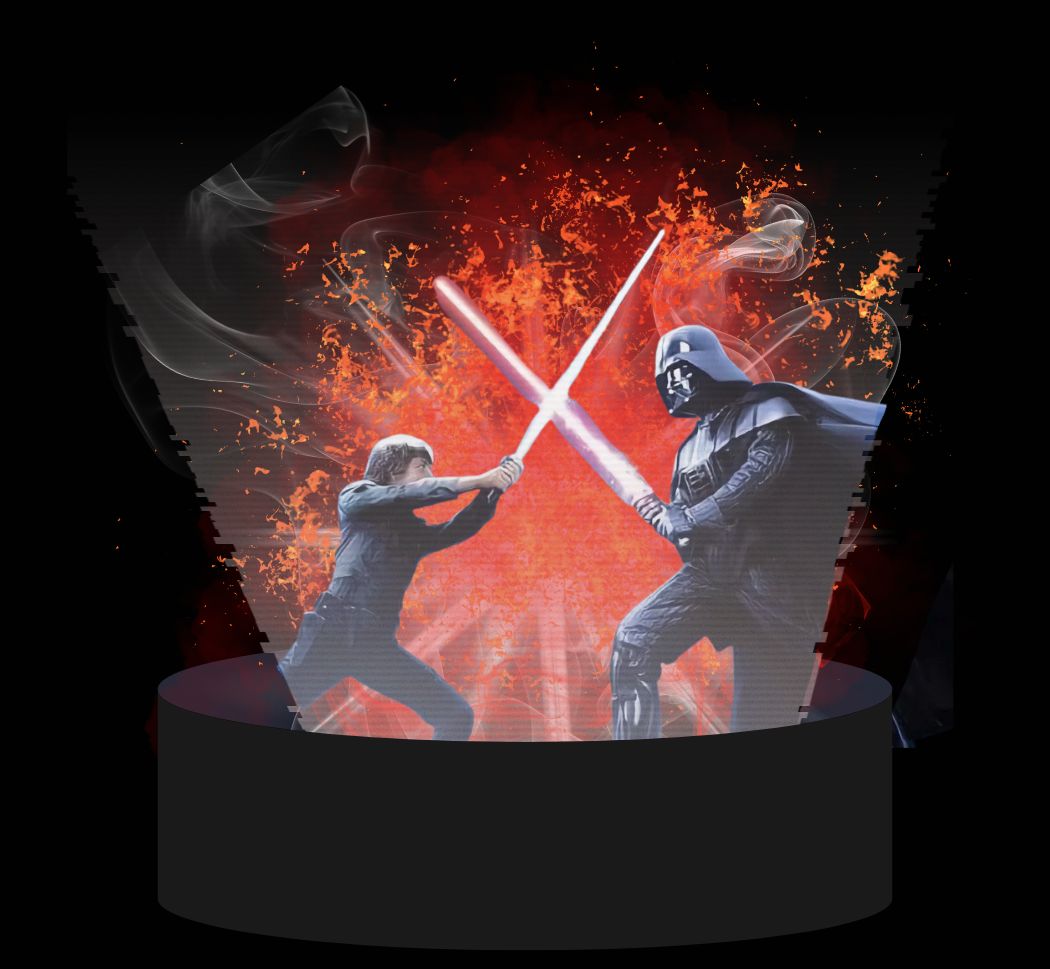
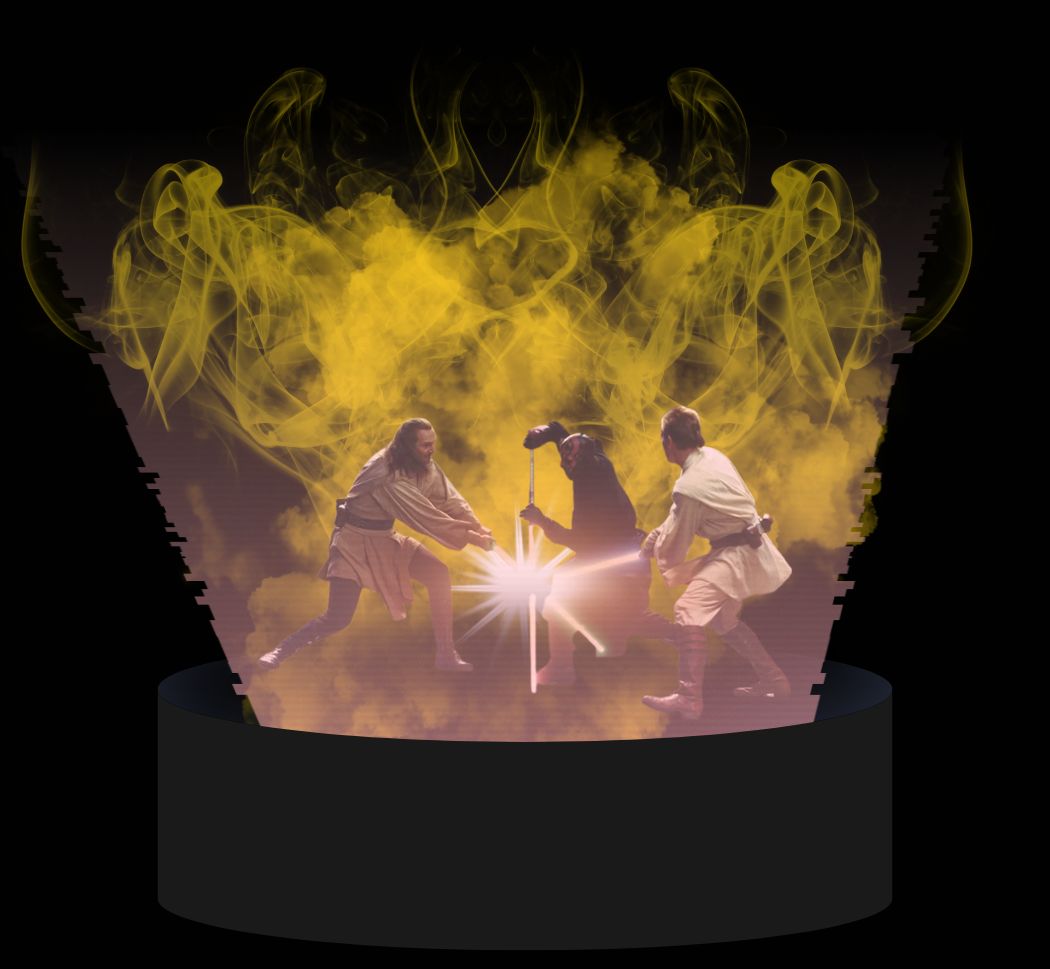
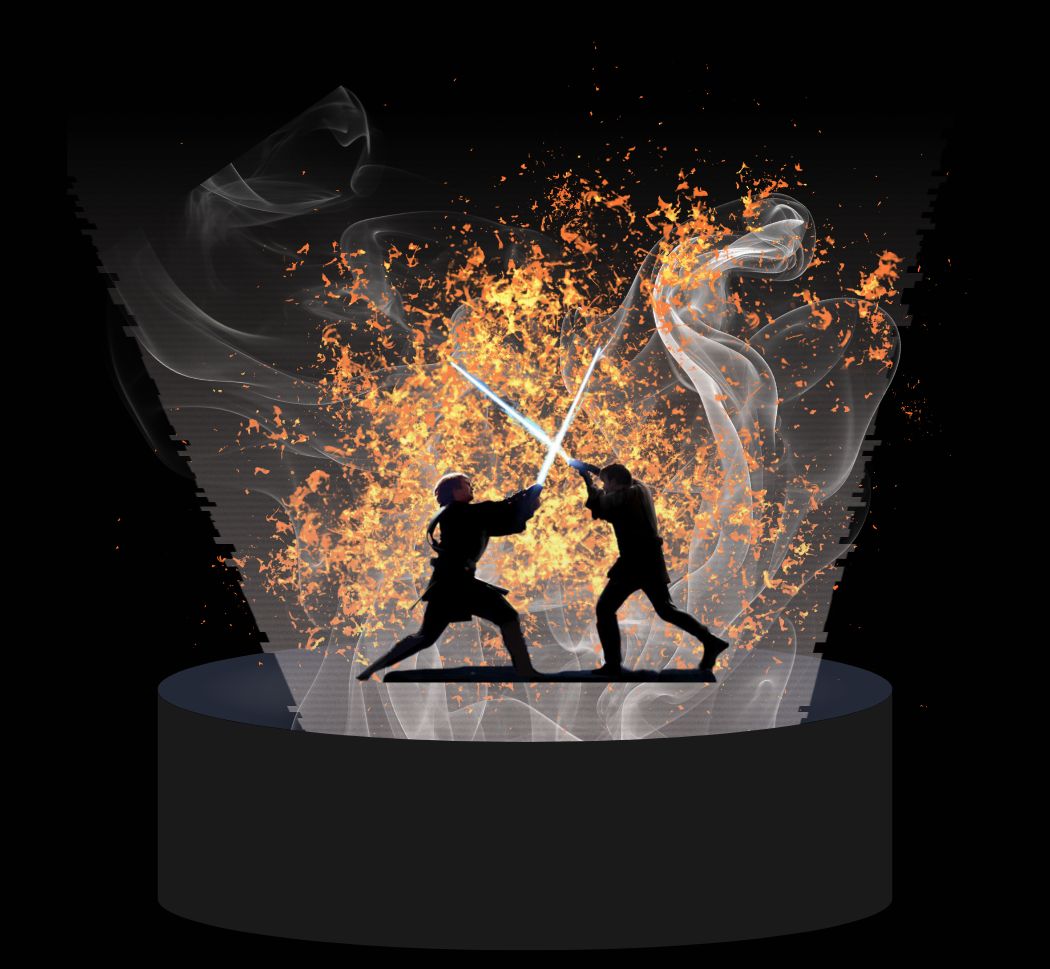

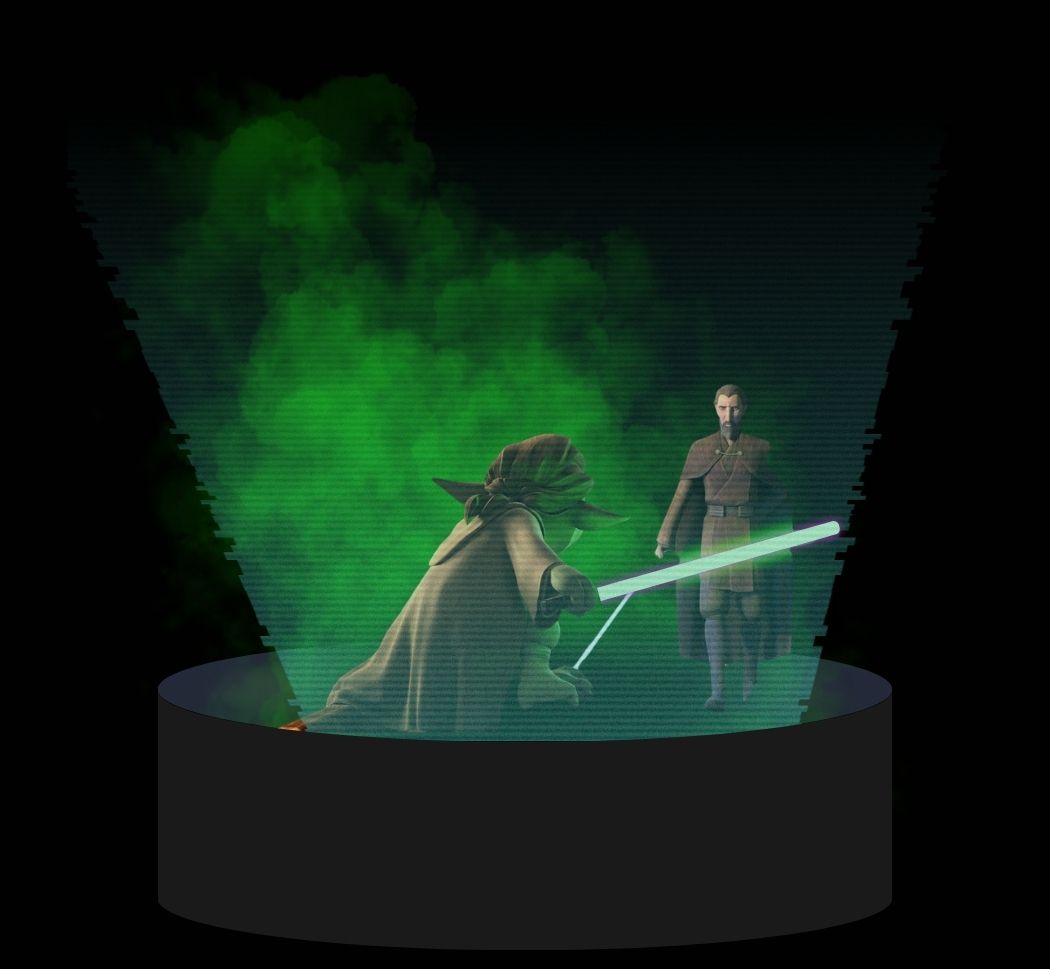




.jpg)
